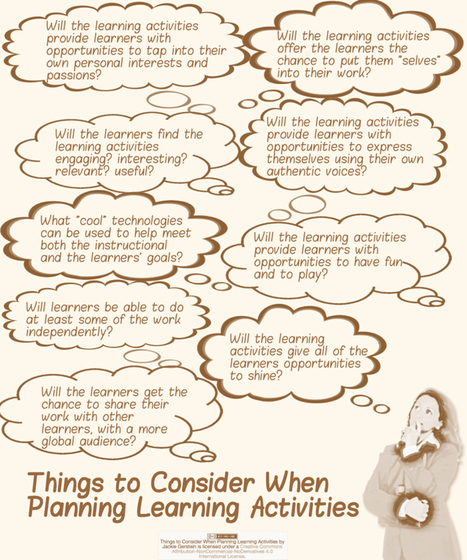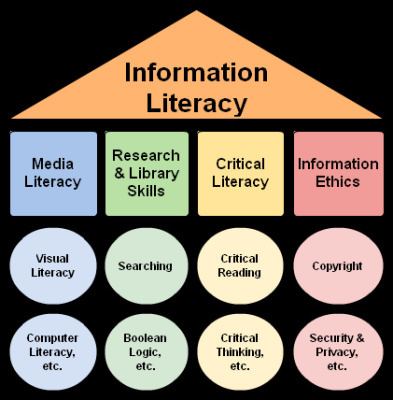I absolutely love planning lessons from scratch. I just got a job teaching technology units for a summer camp for elementary age students. I can design and teach whatever I want - planning for a d...
Research and publish the best content.
Get Started for FREE
Sign up with Facebook Sign up with X
I don't have a Facebook or a X account
Already have an account: Login
Tech tools that assist all students to be independent learners & teachers to become better teachers
Curated by
Beth Dichter
 Your new post is loading... Your new post is loading...
 Your new post is loading... Your new post is loading...

Melissa Ainsworth's curator insight,
June 9, 2013 6:13 AM
This website has useful information for teachers and students about design thinking and interpretation. It looks at many elements of design and how to approach design in relation to technology. This website is helpful to give teachers some stepping stones and guidance as to where to go with design and technology.
Design in Practice's curator insight,
August 2, 2014 10:45 AM
Design thinking is an approach to learning that includes considering real-world problems, research, analysis, conceiving original ideas, lots of experimentation, and sometimes building things by hand |
|














Interesting questions to ask when planning lessons which help to create exciting lesson plans that focus on the needs of the students and to find ways to engage them all.
Excellent guide to follow when planning our classes.
This image provides questions to to ask yourself when you want to plan learning activities,. You want to ensure that the activities are age appropriate.